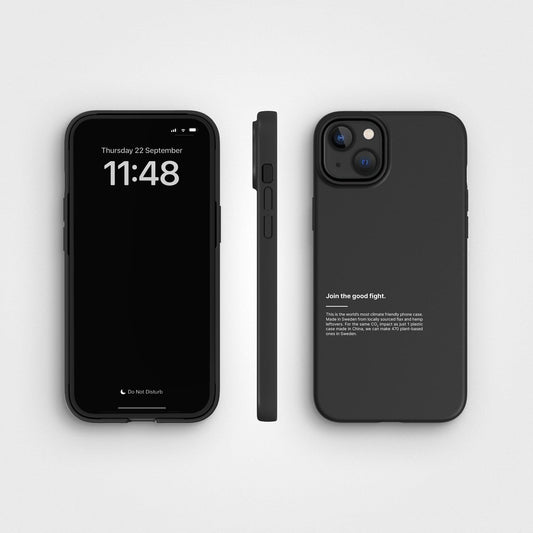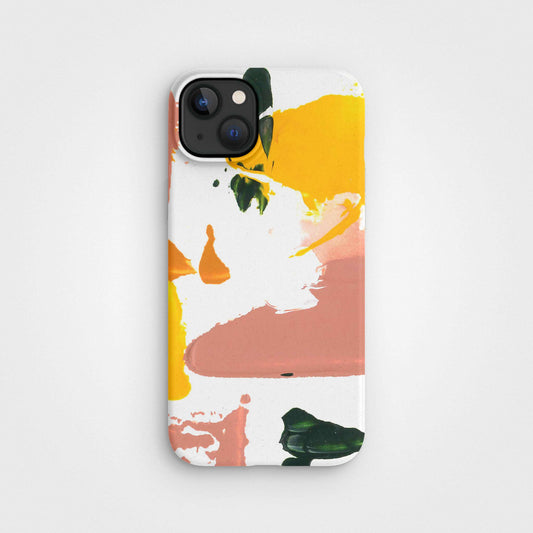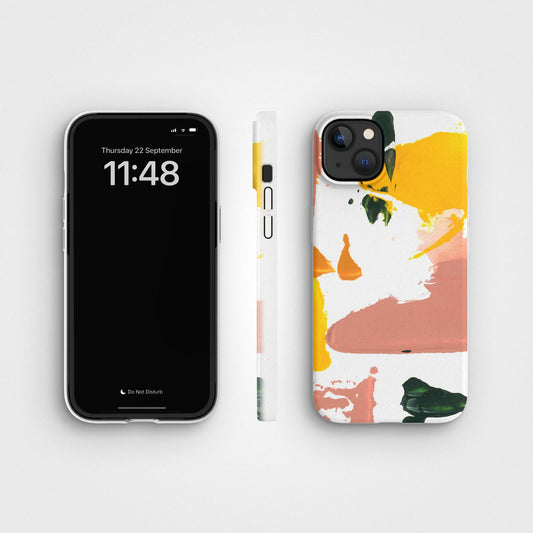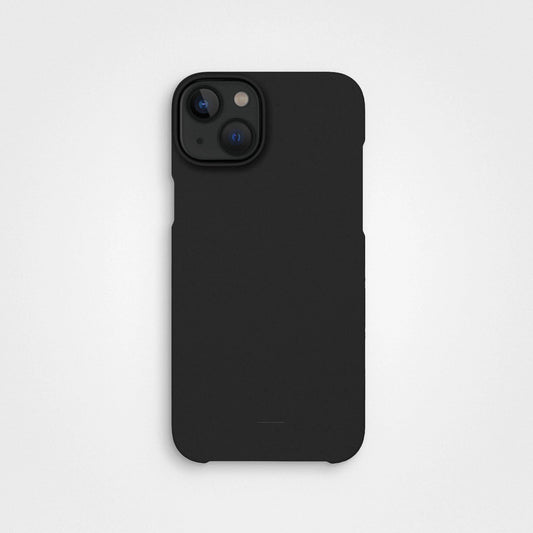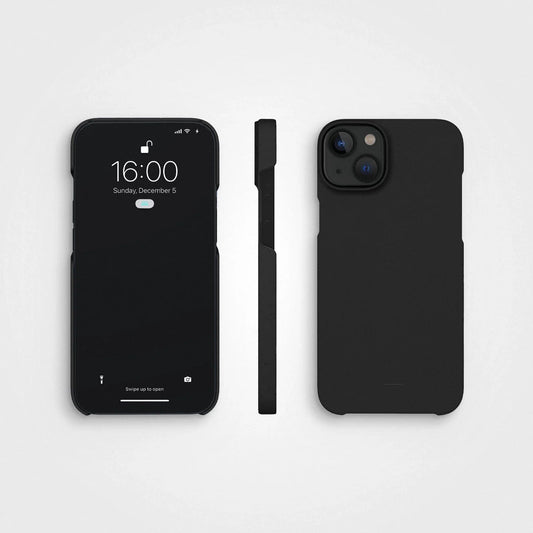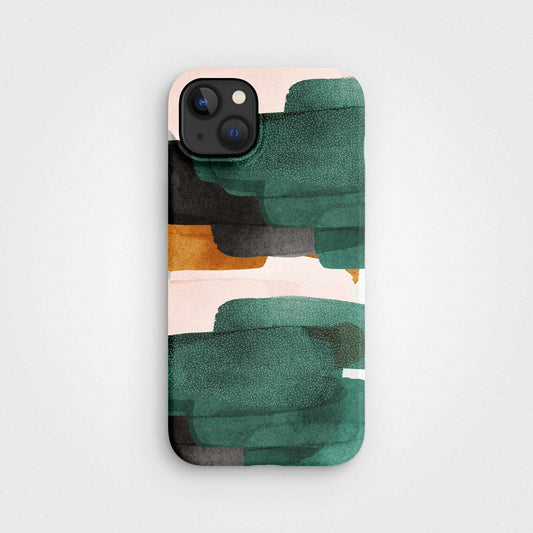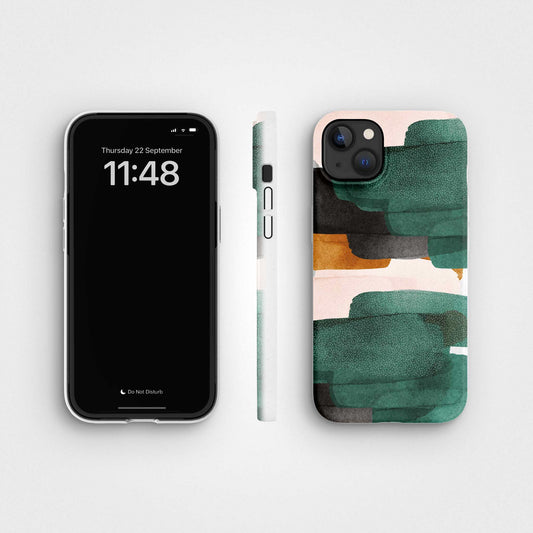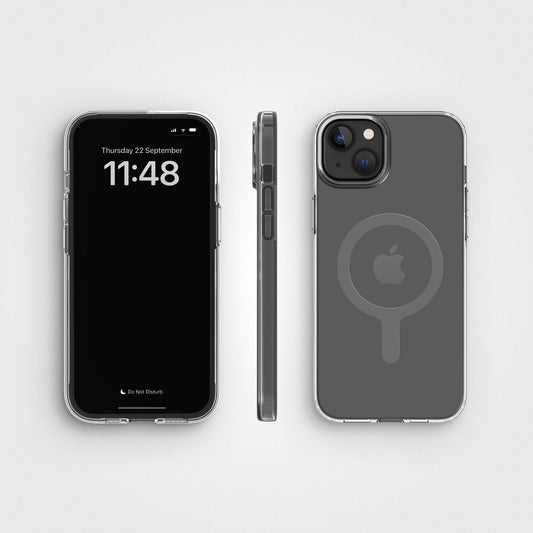In today's ever-evolving world of consumer goods and technology, the concept of the product lifecycle is not just a buzzword but a fundamental aspect of how businesses operate. At its core, the product life cycle refers to the stages a product goes through from its inception to its eventual end of life (EOL). Each stage brings with it unique challenges, opportunities, and responsibilities for both manufacturers and consumers.
In this blog post, we will delve deeper into the various stages of the product lifecycle, with a specific focus on the often-overlooked but critically important EOL phase. We will explore the environmental implications, and innovative solutions related to product EOL, shedding light on the role that both consumers and corporations play in shaping a more sustainable future and how agood company think about end of life. Join us on this journey through the lifecycle of products, from creation to the end of life.
How agood company thinks about end-of-life?

At agood company, we developed a strategy for the end-of-life of products and materials. Here are some of our sustainable and innovative EOL strategies:
Circular Product

A Circular Product means that an old product is returned and repurposed into the same product. By doing this, we hinder over production of a product category. The products in our agood range that follows this principle is our plant based mobile cases and our circular clothing line. Consumers can send the clothes back to us once they've served their purpose in your wardrobe and we'll make a new piece of clothing out of them. In this way, we increase the percentage of recycled cotton we use in our products. This is what we call agood loop.
We’ve even added a QR code to the label so that you can find out the exact content of your product, and even discover what piece of clothing it was before.
Upcycling of material
At agood company, we are dedicated to redefining how we view waste materials and their potential. Upcycling is at the core of our sustainability strategy, where we take a creative approach to breathe new life into discarded items.
But what exactly is upcycling? It's the art of reusing materials from products that have reached the end of their intended life, not to create the same product but to craft something entirely new and valuable. Imagine old worn-out socks or T-shirts finding a second purpose as comfortable sofa stuffing, offering a fresh lease of life to materials that would otherwise be discarded.
One striking example of upcycling is the transformation of old candy boxes into sleek, clear phone cases. This innovative approach not only prevents waste but also showcases how seemingly unrelated materials can be repurposed to create something entirely different and useful.
For upcycling to work effectively, we prioritize finding specific material streams and exclusively using these materials. This strategic approach ensures that we maximize the potential of discarded items, reduce environmental impact, and contribute to a more sustainable and circular economy.
Recycle
Recycling is a crucial component of managing end-of-life products and materials. When products are recycled, they are broken down and transformed into new materials or products. In the case of paper products like newspapers or carton boxes, they can be recycled into new pulp. This recycled pulp is then blended with virgin pulp to create recycled paper products. However, it's important to note that during the recycling process, fibers in most materials become thinner, which can make the material either more stiff or more fragile. That's why it's often necessary to blend new materials with recycled materials to achieve a balance in the final product.
At agood company, we take these factors into consideration when developing our recycling strategies and use sustainable materials to ensure that we are creating products that are both sustainable and high-quality.
Waste to Energy
In the realm of responsible EOL management, there are situations where traditional recycling or upcycling may not be feasible due to the nature of materials involved. In these cases, we cautiously explore the option of waste-to-energy.
Waste-to-energy is a process that converts waste materials, which may include non-recyclable or hard-to-recycle items, into usable energy sources like electricity or heat. It involves incinerating waste at high temperatures to generate power. While this approach is not considered the most environmentally friendly solution, it presents a better alternative to the detrimental practice of sending waste materials directly to landfills.
The consideration of waste-to-energy arises from the need to responsibly manage materials that would otherwise become a burden on landfills, where they contribute to environmental degradation, soil and water contamination, and the release of harmful greenhouse gases. Waste-to-energy offers a way to extract value from waste while mitigating the negative impacts associated with landfills.
Avoiding Landfills
At agood company, we hold a steadfast commitment to avoiding the use of landfills whenever possible. Why? Because, shockingly, more than 33% of the world's waste is not disposed of in an environmentally responsible manner. This is only a conservative estimate, so the actual percentage may be even more alarming.
We recognize that these sites carry significant environmental repercussions, which demand our utmost attention and action.
The Environmental Consequences of Landfills:
Landfills, while common for waste disposal, cast a long shadow of environmental harm:
-
Soil and Water Contamination: Landfills often become sources of soil and water contamination. Harmful chemicals and pollutants from decomposing waste can seep into the earth, affecting soil quality and polluting groundwater. This poses a threat to ecosystems and can potentially harm human health.
-
Greenhouse Gas Emissions:Landfills are notorious emitters of methane, a potent greenhouse gas that exacerbates climate change. Methane is released during the anaerobic decomposition of organic matter in landfills, contributing to global warming.
-
Alteration of Natural Habitats: Landfills disrupt natural landscapes and habitats. They can lead to soil erosion, loss of biodiversity, and the disturbance of local wildlife and ecosystems.
At agood company, our approach to end-of-life management is far more than mere words—it's a concrete commitment to sustainability. Our strategies are meticulously designed to prioritize alternatives to landfills whenever feasible. We recognize that our responsibility to the environment extends beyond the production phase of our products; it extends into their entire lifecycle.
What does product lifecycle or end of life (EOL) of a product mean?
The product lifecycle encompasses a series of distinct phases, starting with the Introduction stage, where a product is first introduced to the market, followed by the Growth stage, where it gains market share, and then the Maturity stage, characterised by stable sales. Finally, the product enters the Decline stage, where sales taper off, leading to its eventual EOL.


Understanding the EOL of products is crucial for several reasons. Firstly, it allows businesses to plan for the sustainable disposal or recycling of their products when they are no longer viable in the market. Secondly, it helps consumers make informed choices about the products they purchase, considering not only their initial utility but also their long-term environmental impact. Sustainability is at the heart of modern product management. In an era where environmental concerns and resource conservation are paramount, businesses must prioritise sustainable practices throughout a product's entire lifecycle. Sustainable product management includes reducing waste, minimising the use of non-renewable resources, and ensuring responsible disposal of products at their EOL. It's not just a matter of ethics; it's also a competitive advantage and a necessity for long-term business viability in an increasingly eco-conscious world.
The End of Life (EOL) Phase
As a product traverses through its lifecycle, it inevitably reaches the End of Life (EOL) phase, marking the conclusion of its market viability. This phase plays a pivotal role in product management, encompassing a set of crucial decisions and actions that have far-reaching implications for both businesses and the environment.
- The End of Life (EOL) phase refers to the stage in a product's lifecycle where it ceases to be commercially viable due to a variety of factors. During this phase, manufacturers must make critical decisions about how to responsibly retire the product from the market. This involves considerations such as discontinuing production, withdrawing from sales channels, and implementing strategies for sustainable disposal or repurposing.
- Several factors can trigger the EOL phase for a product. Technological advancements, for instance, often render older models obsolete as newer, more advanced versions enter the market. Additionally, market saturation, where demand plateaus or declines, can signal that a product has reached the end of its lifecycle. Shifts in consumer preferences, evolving industry standards, or the emergence of disruptive technologies can also contribute to the decision to phase out a product.
- Furthermore, regulatory changes, such as updated environmental standards or safety requirements, can influence the EOL phase. These factors collectively drive the need for businesses to proactively manage the transition of their products from active market presence to responsible retirement.
Proper EOL planning and management are paramount for several reasons. Firstly, it ensures compliance with legal and environmental regulations governing product disposal. Mishandling EOL products can lead to legal repercussions and harm a company's reputation. Moreover, well-executed EOL planning demonstrates a commitment to sustainability and responsible business practices, resonating positively with both consumers and stakeholders. It also presents opportunities for resource recovery, potentially reducing costs and environmental impact associated with waste disposal.
By proactively addressing the EOL phase, businesses can control the narrative surrounding their products' lifecycles, fostering a positive legacy and contributing to a more sustainable and circular economy.
Environmental Impact of EOL Products
As an employee at any company, it's essential to understand the waste produced by your organisation and where it ends up. Here are some staggering statistics you should consider:
- The average office worker uses about 500 single-use coffee cups every year, which most likely end up in landfills.
- Over half of the world's single-use plastic is produced by just 20 companies, and all of it eventually ends up in landfills.
- An average office worker generates roughly two pounds of paper and paperboard waste each day and uses around 10,000 sheets of copy paper annually.
- Mixed paper products make up about 70% of the total office waste produced.

The End of Life (EOL) phase of products carries significant environmental implications that demand our attention and action. Understanding and addressing these challenges is essential for the health of our planet and future generations. This phase presents a host of environmental challenges, primarily stemming from the disposal of products that have reached the end of their useful life. These challenges include:
- Waste Generation: EOL products contribute to the ever-growing volume of waste in landfills and incinerators, which poses a threat to soil, air, and water quality
- Resource Depletion:Improper disposal often means that valuable materials within products, such as rare metals and plastics, are lost to the environment, leading to resource depletion and increased extraction.
- Toxic Substances: Many products contain hazardous materials that can leach into the environment, contaminating ecosystems and endangering human health.
- Carbon Footprint: The manufacturing and disposal of products account for a significant portion of greenhouse gas emissions, contributing to climate change.
Responsible disposal and recycling of EOL products are essential strategies to mitigate the environmental impact. It's imperative to:
- Prevent Pollution: Proper disposal and recycling minimize the release of hazardous substances into the environment, safeguarding ecosystems and human health.
- Resource Conservation: Recycling EOL products allows for the recovery of valuable materials, reducing the need for new resource extraction and conserving natural resources.
- Energy Savings: Recycling consumes less energy compared to the manufacturing of new products, leading to a reduction in greenhouse gas emissions.
- Circular Economy: Responsible EOL practices align with the principles of a circular economy, where products and materials are reused, refurbished, or recycled, thus reducing waste generation.
Conclusion
In a world where the pace of innovation is relentless, and consumer demand for the latest and greatest is constant, understanding the full lifecycle of products is no longer a luxury but a necessity. Our commitment to sustainability goes beyond the creation of exceptional products; it extends to every stage of a product's life, from inception to its crucial End of Life (EOL).
The EOL phase is not the end but a new beginning—a chance to showcase our dedication to environmental stewardship and innovation. We are setting an example for businesses and consumers alike, showing that a sustainable approach to product lifecycles is not only possible but essential for a brighter, eco-conscious future.
As consumers, you have the power to join us in shaping this future. By supporting sustainable companies and making environmentally conscious choices, you contribute to a world where every product's lifecycle is a story of sustainability, responsibility, and positive impact. Together, let's craft a future where agood company's principles of sustainability lead the way. Join us on this transformative journey.



